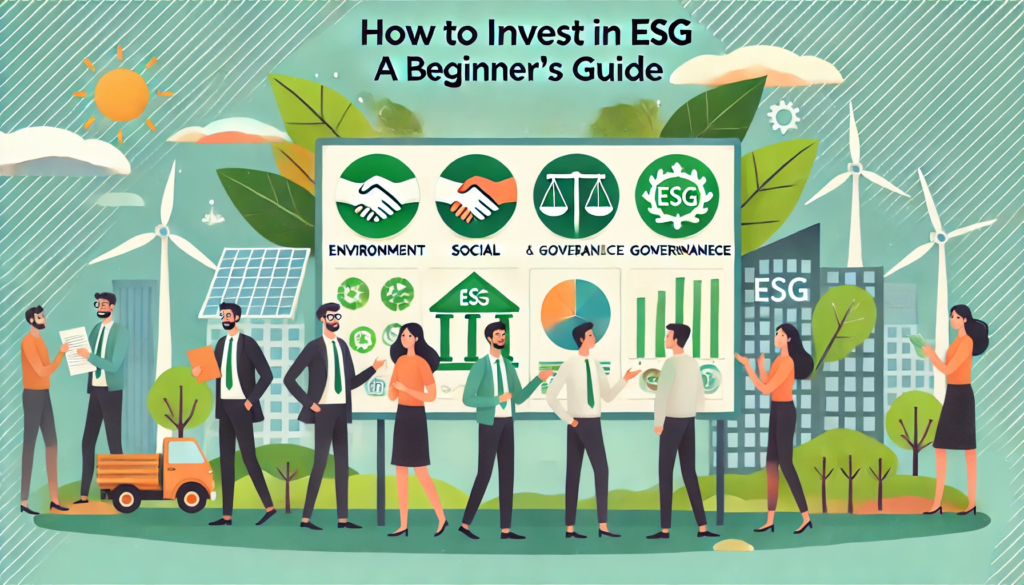Are you interested in investing in a way that aligns with your values and promotes sustainability? If so, ESG (Environmental, Social, and Governance) investing might be the right option for you. ESG investing focuses on companies that prioritize ethical practices, social responsibility, and environmental stewardship.

Understanding ESG Investing
ESG investing has gained significant popularity in recent years as investors increasingly seek to support companies that have a positive impact on society and the environment. By investing in ESG funds, you can contribute to positive change while potentially earning returns on your investment.
Key Principles of ESG Investing
When considering ESG investments, it’s important to keep the following principles in mind:
- Environmental: Focuses on how a company manages its impact on the environment, including issues such as climate change, pollution, and resource depletion.
- Social: Considers the company’s relationships with employees, customers, suppliers, and the communities in which it operates.
- Governance: Looks at how a company is governed, including issues such as executive compensation, diversity on the board, and transparency.
How to Start Investing in ESG
Here are some steps you can take to begin investing in ESG:
- Educate Yourself: Take the time to learn about ESG investing and the different options available to you.
- Define Your Values: Consider what social and environmental issues are important to you and look for ESG funds that align with your values.
- Research ESG Funds: Explore different ESG funds and learn about their investment strategies, performance, and fees.
- Consult with a Financial Advisor: A financial advisor can help you navigate the world of ESG investing and create a strategy that aligns with your financial goals.
- Monitor Your Investments: Regularly review your ESG investments to ensure they continue to meet your criteria and goals.
Benefits of ESG Investing
There are several benefits to investing in ESG, including:
- Supporting companies with strong ethical practices
- Potentially reducing risk by avoiding companies with poor ESG performance
- Aligning your investments with your values
- Contributing to positive social and environmental change
Key Takeaways
- ESG investing focuses on companies that prioritize ethical practices, social responsibility, and environmental stewardship.
- Key principles of ESG investing include environmental, social, and governance factors.
- To start investing in ESG, educate yourself, define your values, research ESG funds, consult with a financial advisor, and monitor your investments.
- Benefits of ESG investing include supporting ethical companies, reducing risk, aligning investments with values, and promoting positive change.
FAQs
What is ESG investing?
ESG investing focuses on companies that prioritize ethical practices, social responsibility, and environmental stewardship. It allows investors to align their investments with their values.
How can I start investing in ESG?
To start investing in ESG, educate yourself about ESG investing, define your values, research ESG funds, consult with a financial advisor, and monitor your investments regularly.
Are ESG investments profitable?
While there is no guarantee of profitability with any investment, ESG investments have the potential to generate competitive financial returns while also promoting positive social and environmental change.
Do I need a large amount of money to invest in ESG?
Many ESG funds have low minimum investment requirements, making it accessible to a wide range of investors. You can start with a small amount of money and gradually increase your investment over time.
Can I still diversify my portfolio with ESG investments?
Yes, you can diversify your portfolio with ESG investments. There are a variety of ESG funds available that cover different industries and sectors, allowing you to create a well-rounded investment portfolio.


